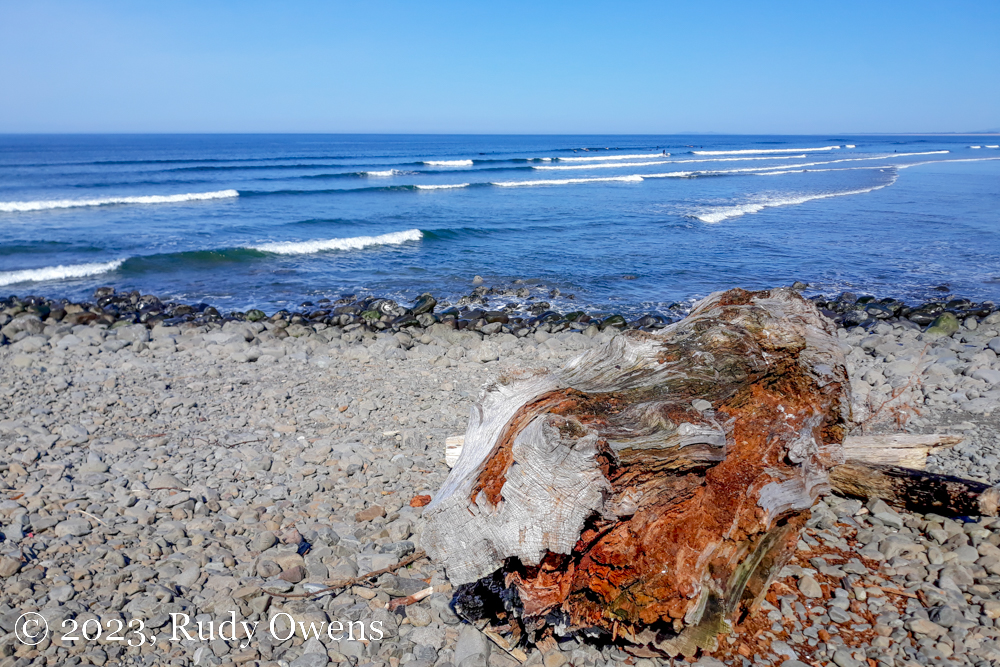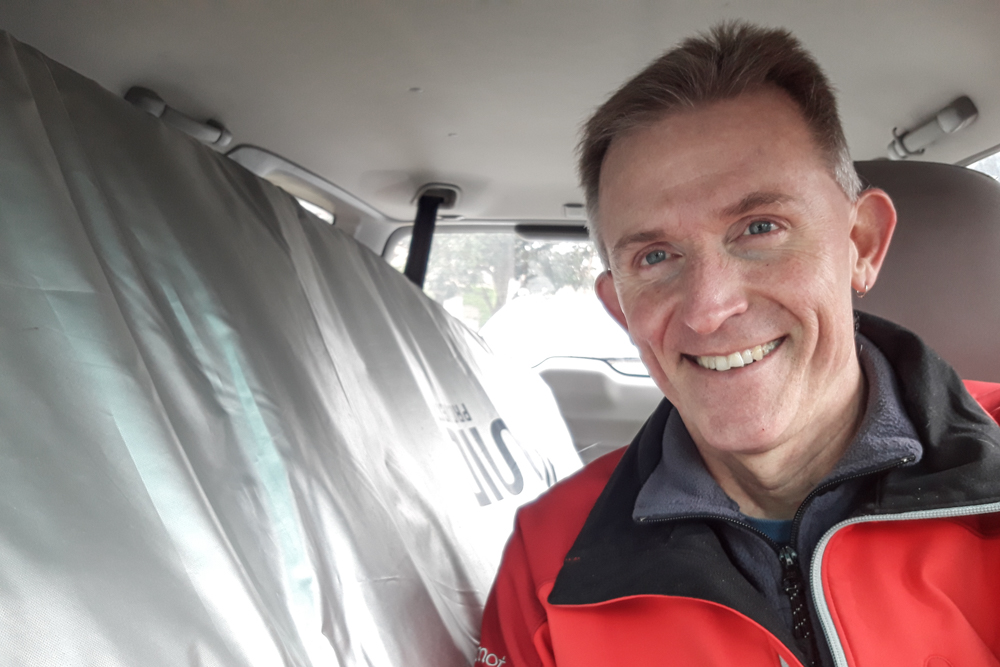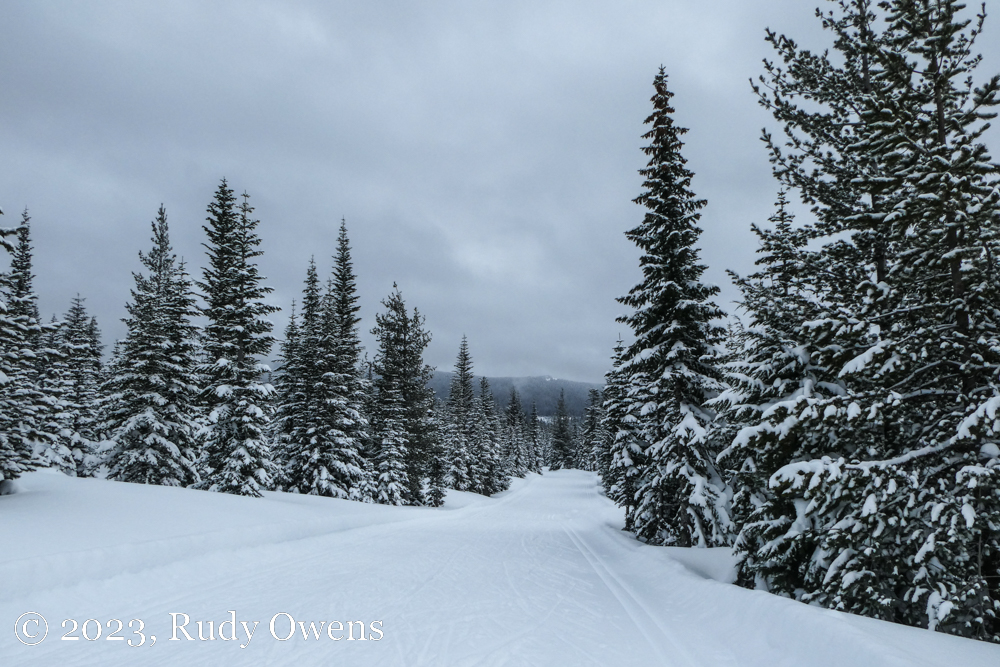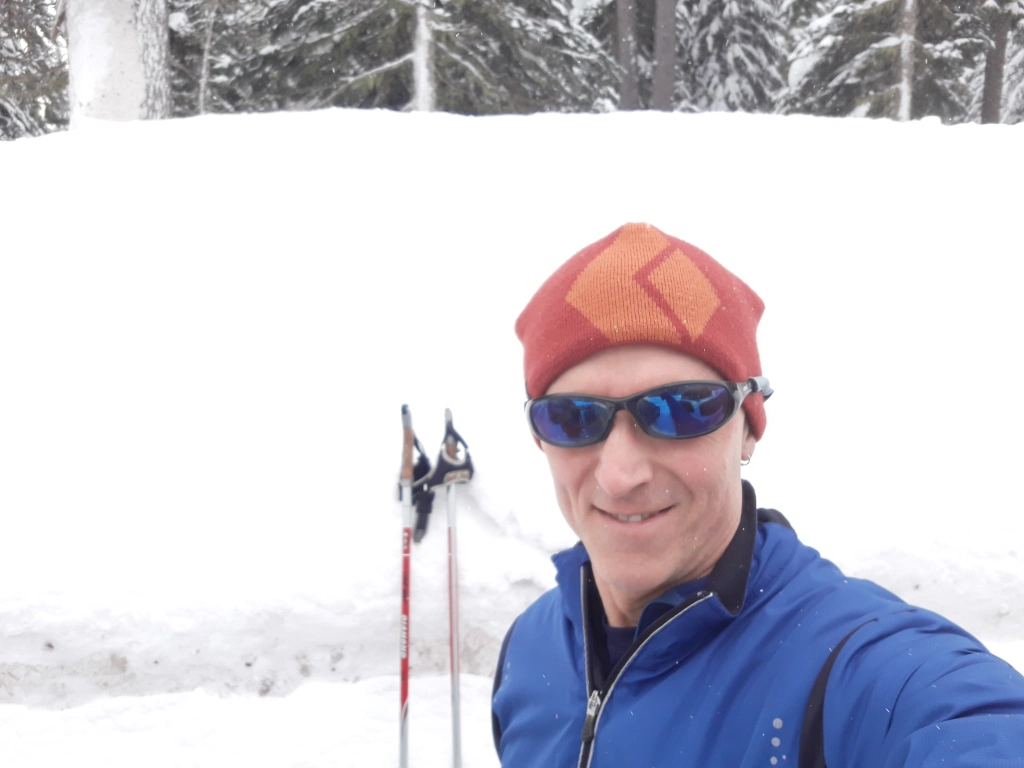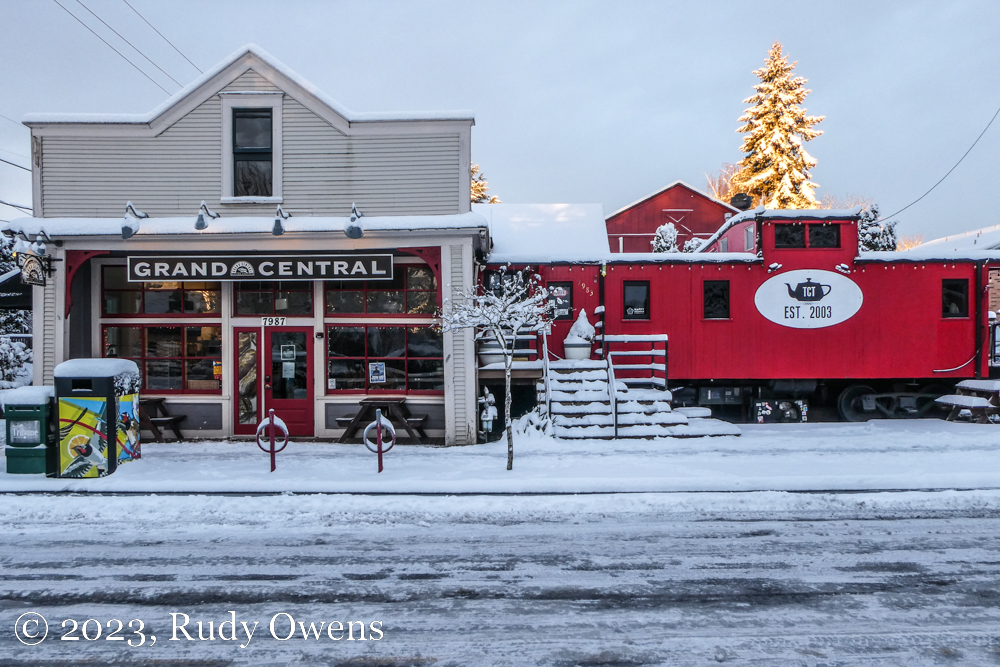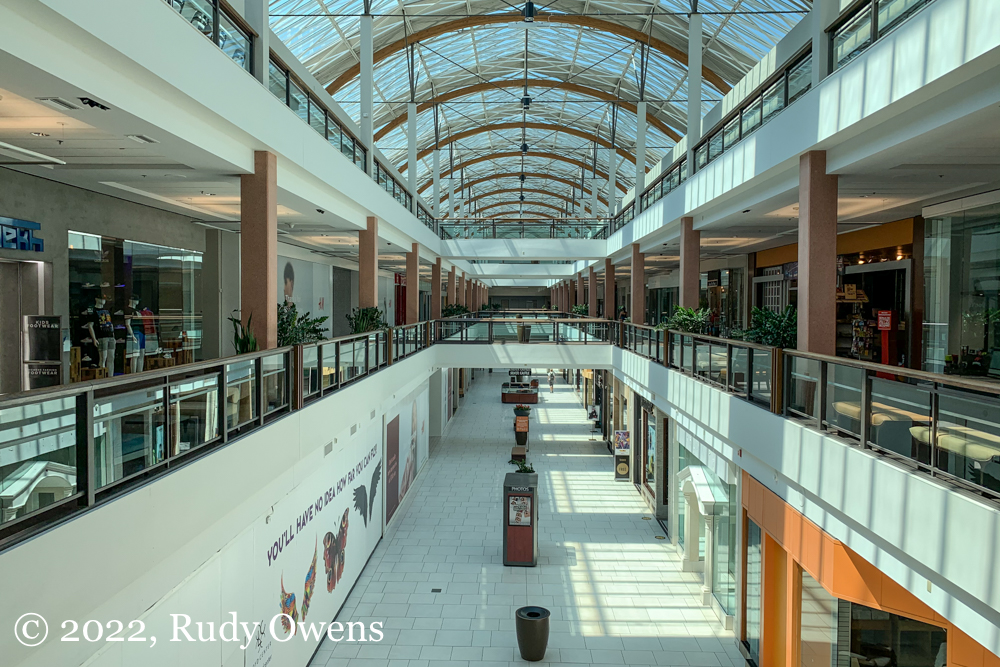

(Click on each photo to see a larger picture on a separate picture page.)
Portland does get its summer concerts in the parks right, even if so many other things are not going well.
We have a lot of issues now in our city, from a wave of gun violence to massive open air drug use of deadly fentanyl, and the failure of our community to meet these and other challenges. These problems have also led to an exodus of nearly 3 percent of Multnomah County’s population since 2020.
In fact, this week, the local weekly newspaper, Willamette Week, published a litany of woes that national and international journalists have shared about the falling star that Portland has become from its quirky, almost rock star status less than a decade ago.
“Portland is on a short list of destination cities for national media,” wrote the Willamette Week.
“Rather than a model, however, we have become a cautionary tale. It wasn’t long ago that the nation’s leading newspapers and magazines regularly wrote the same glowing profile of the Rose City—a lovably weird outpost wedged between the Cascades and the Pacific where colorful (but mostly white) residents pedaled tall bikes while playing the bagpipes, eating Voodoo doughnuts, and slurping elderflower-flavored kombucha.”
The Voodoo doughnuts and bagpipes were always absurdities and click-bait style gimmicks disconnected from lived reality of nearly everyone who lives here, but that’s what feeds the media and social media appetites.
Portland, and its countless brand messengers, ran with it, until the city hit the brick wall of harsh reality. This collision of fantasy and reality has made us a model of what can go wrong with civic life and the brute truth of complex issues like gun violence, deadly opioid-fueled drug use, mental health disorders, gentrification, racial disparities, political experiments gone amok, and more.
Despite our many issues, the city can still put on some good public events that bring together diverse residents. That was on display on July 15, 2023, at the great public park near my home, Sellwood Park.
The Portland-based Latin Music group Conjunto Alegre dished up the standards of salsa, merengue, cumbia, bachata, cha-cha, and more. This is a wonderful and eclectic ensemble from the diaspora of musicians from Latin countries who call Portland home.
Even dance-challenged–and yes, mostly white–Portlanders were on their feet dancing. The band had fun. The crowd had fun. Kids had fun. The breeze cooled all of us down at the end of a hot day. And for a couple of hours, the magic of Portland had returned. I loved it!
